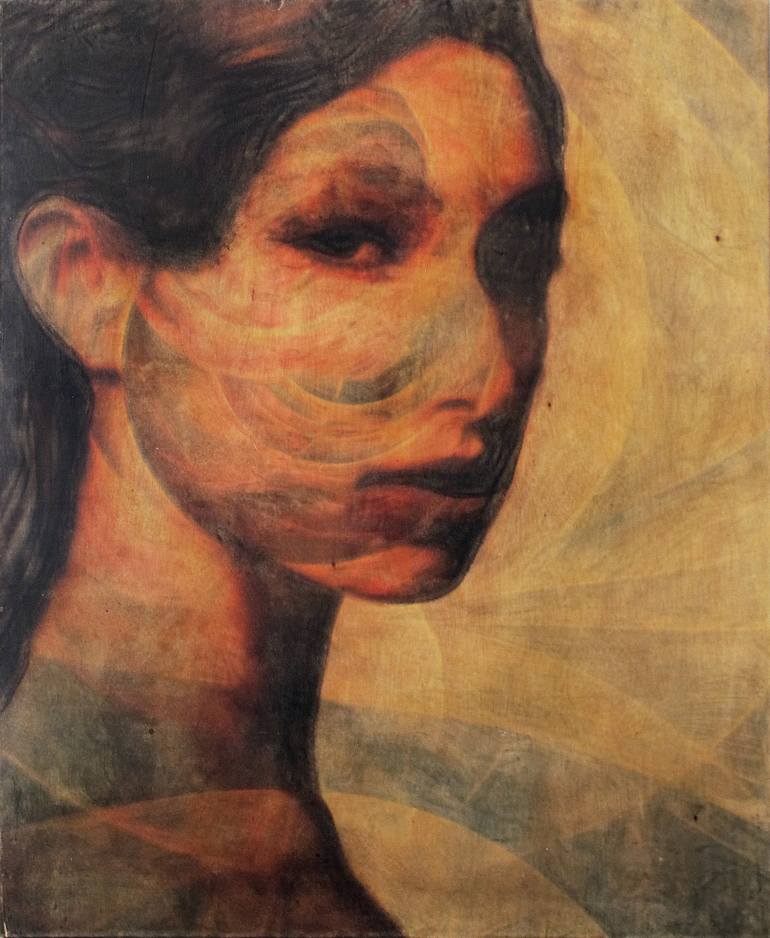This new edition contains an introduction titled the madwoman in the academy that is quite simply a delight to read warmly witty provocative informative and illuminating joyce carol oates princeton university.
Madwoman in the attic abstract.
The madwoman in the attic.
The madwoman in the attic.
Abstract in this article we engage with the writings of feminist scholars sandra gilbert and susan gubar whose landmark work the madwoman in the attic critiques the image of the female madwoman or monster.
Gilbert and gubar draw their title from charlotte brontë s jane eyre in which rochester s wife is kept secretly locked in an attic apartment by her husband.
In their extensive study of nineteenth century women s writing gubar and gilbert offer radical re readings of jane austen the brontës emily dickinson george eliot and mary shelley tracing a distinctive female literary tradition and female literary aesthetic.
A pathbreaking book of literary criticism is now reissued with a new introduction by lisa appignanesi that speaks to how the madwoman in the attic set the groundwork for subsequent generations of scholars writing about women writers and why the book still feels fresh some four decades later.
The 1979 publication of susan gubar and sandra m.
Its social and political purpose at the time of its publication had as much to do with how women were negotiating their responses to patriarchal conventions as it did with recognising that these conventions had a history and that they had served women poorly.
The woman writer and the nineteenth century literary imagination is a 1979 book by sandra gilbert and susan gubar in which they examine victorian literature from a feminist perspective.
Madwoman in the attic is a kind of compendium of life choices for women.
The madwoman in the attic the woman writer and the nineteenth century originally published in 1979 has long since become a classic one of the most important works of literary criticism of the 20th century.
Gilbert s ground breaking study the madwoman in the attic marked a founding moment in feminist literary history as much as feminist literary theory.






.jpg)





















